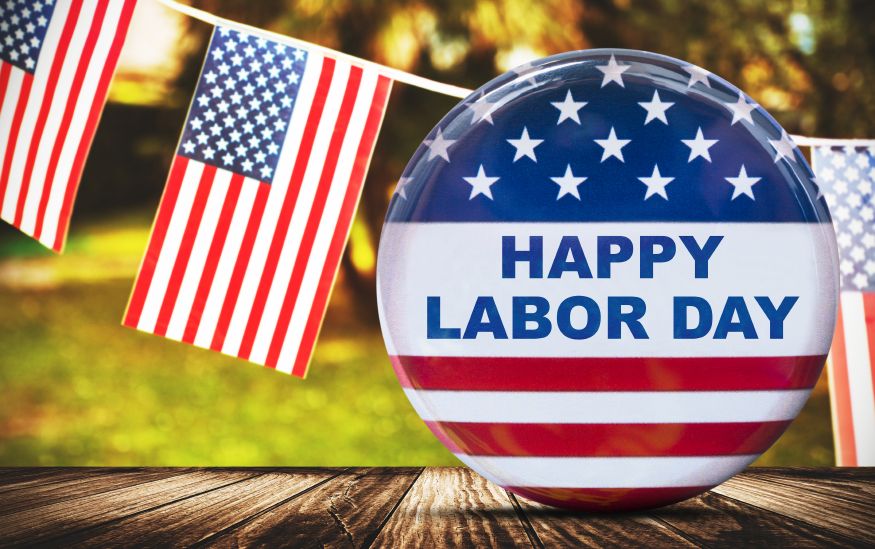The 1st Labor Day holiday was celebrated on Tuesday, September 5, 1882, in New York City. It was in accordance with the plans of the Central Labor Union. The Central Labor Union held its second Labor Day holiday just a year later, on September 5, 1883.
By 1894, 23 more states had adopted the holiday. And, on June 28, 1894, President Grover Cleveland signed a law making the first Monday in September of each year a national holiday.
Wearing white after Labor Day The tradition began back in the 1800s, and its origins are a little cringe- worthy. The rule was invented in the nineteenth century by an elite group as a way to use fashion to separate those with money from those without. When the summer months were over, affluent residents would leave the city for warmer vacation spots. Wearing white represented that you could afford to get out of the city and vacation elsewhere when summer ended.
Since Labor Day typically represents the end of summer, a ‘rule’ was established that you shouldn’t wear white after Labor Day if you didn’t have the money to take fall and winter vacations.
It was also used as a way to identify those who needed to work and those who didn’t. Those who didn’t have to work could wear white because it wouldn’t get dirty. And those working would wear dark clothing to hide the dirt they’d pick up working or walking through the city.
While you may have grown up hearing about this tradition, there’s really no reason you shouldn’t wear whatever you please before and after Labor Day.

